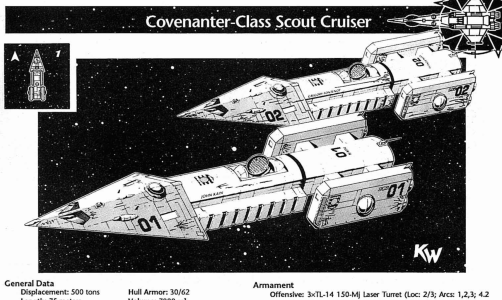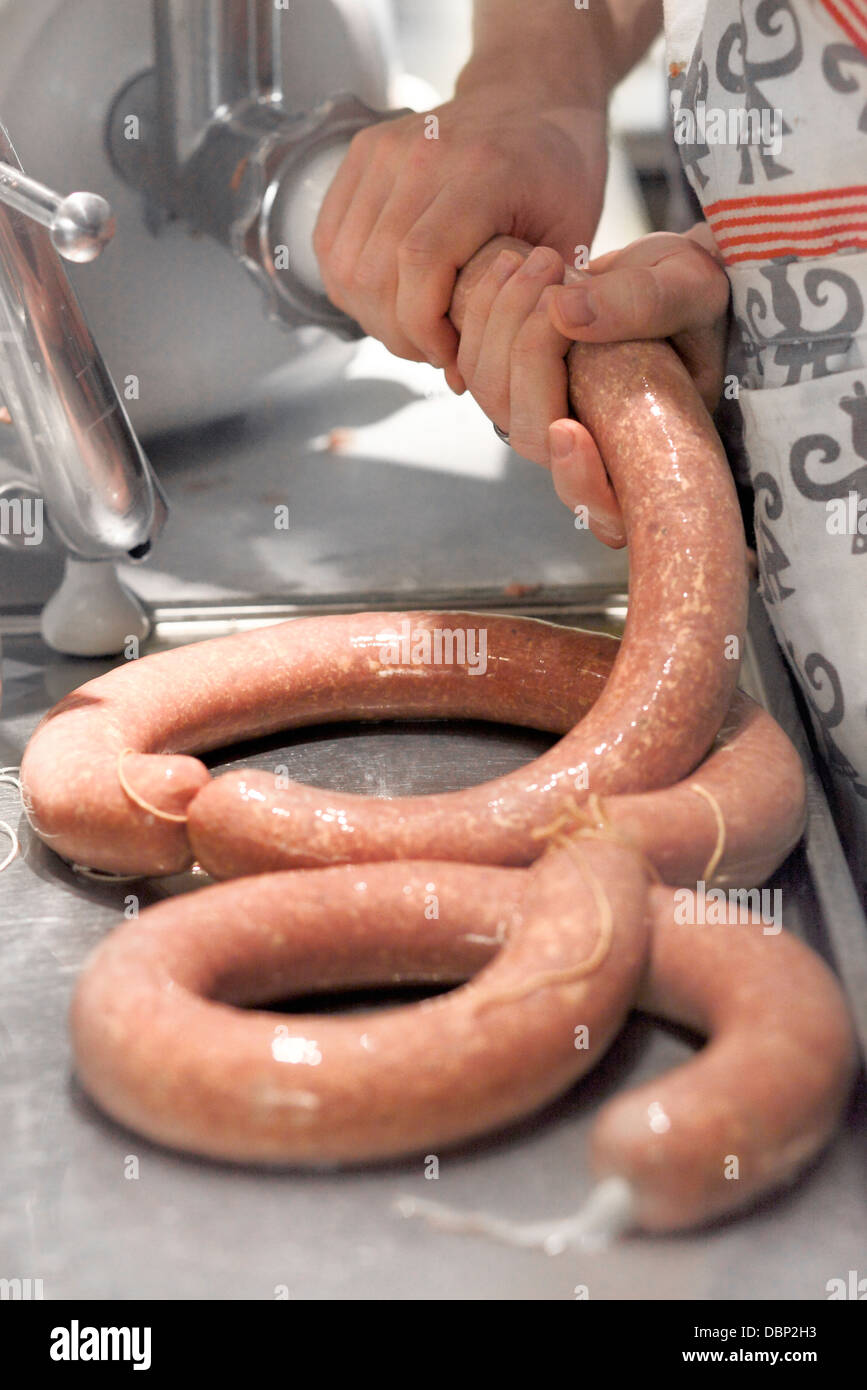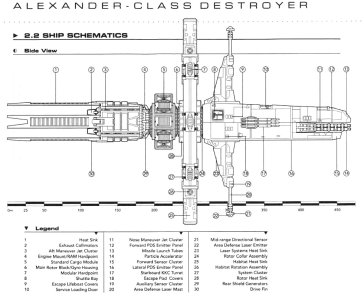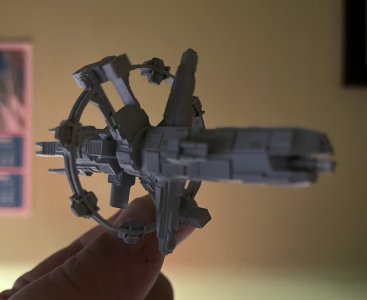Can’t fit enough cargo in your Subbie? Cut it in half, fill in the middle, and set out for the stars in the 500-ton Extended Merchant – featured in Adventure Class Ships coming at the end of the week!

There is always a desire amongst ship architects to tinker with well-trodden and beloved designs, and it rarely takes time for someone to wonder what a vessel would be like if it were just bigger. The extended merchant is a stretched version of the much-trusted subsidised merchant, using the additional tonnage for a secure vault, a ship’s boat and, of course, more cargo space. The ship’s boat is provided with its own hangar, allowing much easier transfer of cargo and passengers from the interior of the merchant.

There is always a desire amongst ship architects to tinker with well-trodden and beloved designs, and it rarely takes time for someone to wonder what a vessel would be like if it were just bigger. The extended merchant is a stretched version of the much-trusted subsidised merchant, using the additional tonnage for a secure vault, a ship’s boat and, of course, more cargo space. The ship’s boat is provided with its own hangar, allowing much easier transfer of cargo and passengers from the interior of the merchant.




